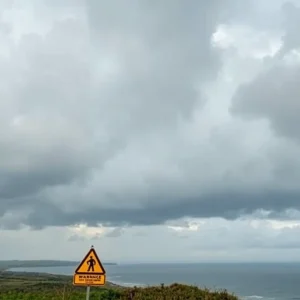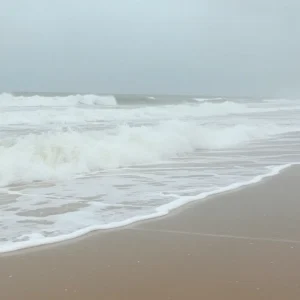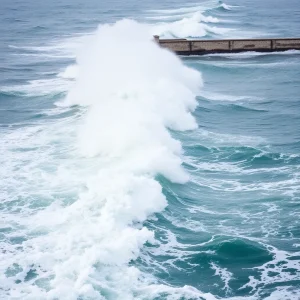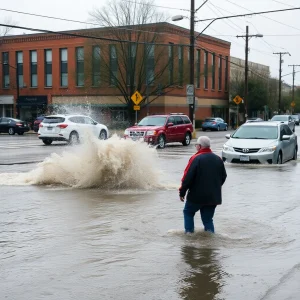Heat Advisory Stretches on through Tuesday, July 16th
Eastern North Carolina, including the Outer Banks, Coat further braced themselves for another wave of sweltering hot weather on Tuesday, July 16. Local authorities renewed their cautionary alert – a Heat Advisory, for the region as temperatures soared into the highly dangerous range.
Unyielding Heat Wave Grips Eastern North Carolina
Released by the National Weather Service Newport/Morehead City office, the warning indicates extended periods of excessive heat and high humidity. With heat index values reported to be between 100 to 110 degrees from 10 a.m until 8 p.m, residents and visitors to Hatteras and Ocracoke Islands are urged to take caution. However, the actual temperatures will remain in the 80-90 degree range.
Potential Threats and Precautions
This dramatic rise in temperatures accompanied by high levels of humidity will significantly increase the potential for heat-related illnesses, particularly for those who are working or engaging in outdoor activities. Experts have issued information circulating the signs of heat exhaustion and heat stroke, which are listed below.
Heat Exhaustion
- Faintness or Dizziness: Sudden lack of coordination or feeling faint can signal your body reaching its limit.
- Excessive Sweating: As your body tries to cool down, you may notice an increase in perspiration.
- Flushed Skin: Your skin may turn red as your body temperature rises.
Heat Stroke
- High Body Temperature: A body temperature of 104 F (40 C) or higher is the main sign of heatstroke.
- Altered Mental State or Behavior: If you’re experiencing confusion, agitation, slurred speech, irritability, delirium, or even coma, seek medical help immediately.
- Rapid, Shallow Breathing: Your respiratory system fails to function correctly.
Staying Safe During the Heatwave
Residents and visitors to the region are encouraged to stay hydrated and avoid unnecessary exposure to the sun. Extreme heat can occur quickly and without warning so, it’s vital to pay attention to signs your body is giving you. Covering your skin with light-colored clothing and taking regular breaks during physical activities can protect against heat illnesses.
Visitors to the region are urged to stay updated with the local forecast. More information can be found at the National Weather Service website or their Facebook page.



























